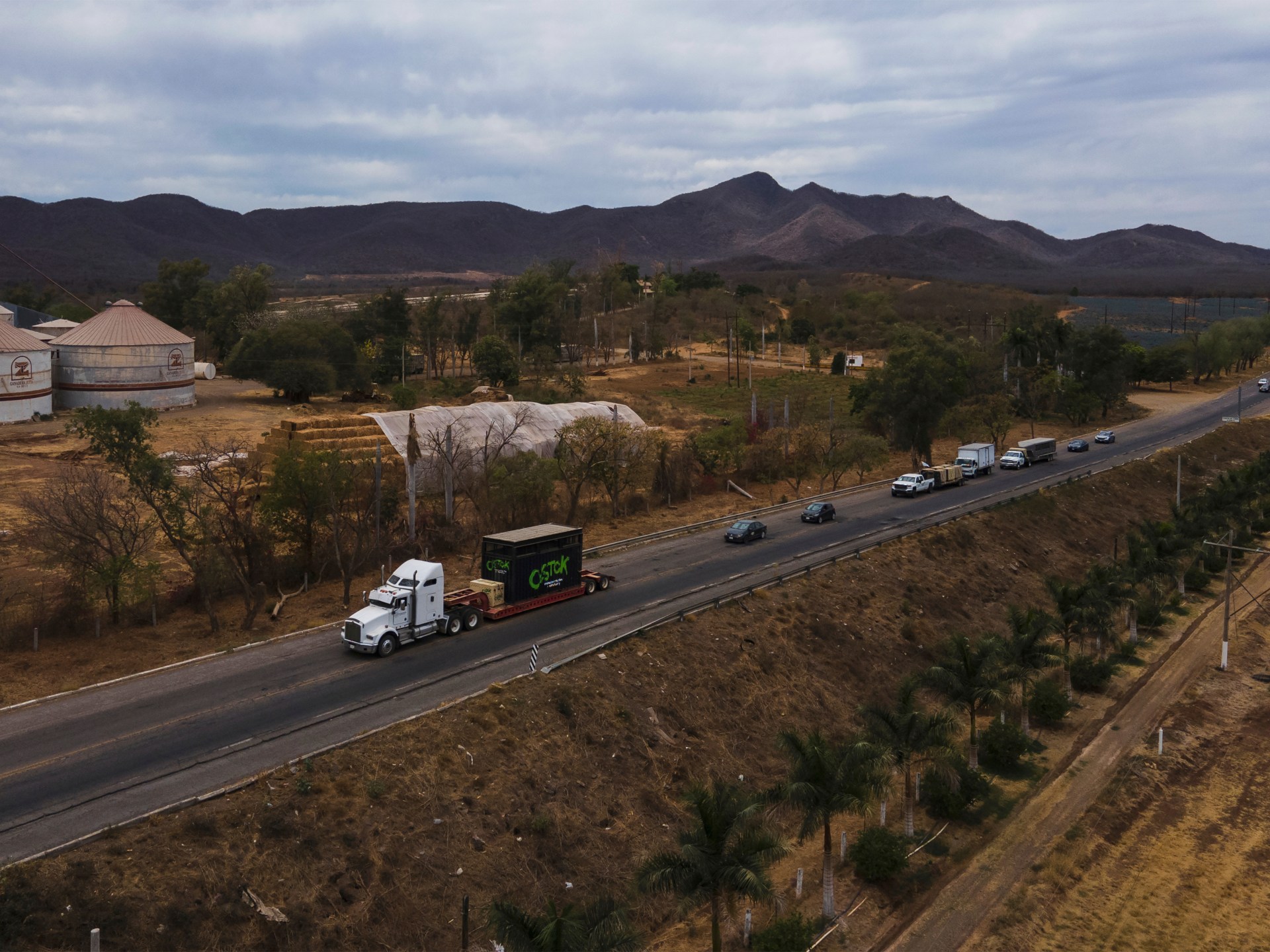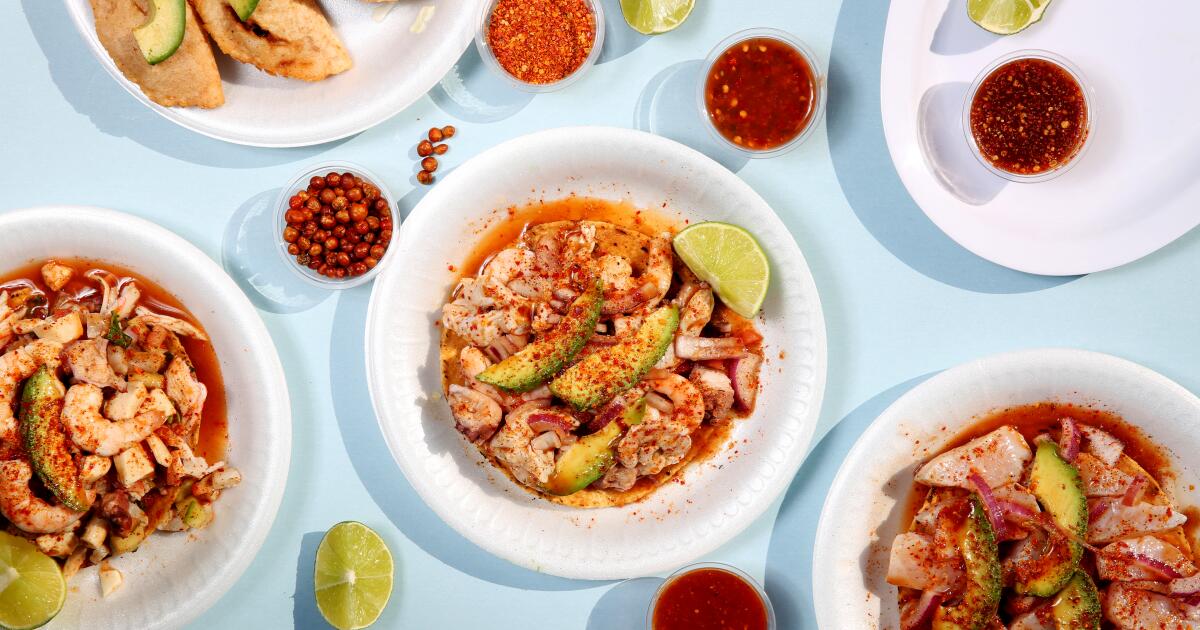Lead singer of Mexican regional band known for its ‘viral corridos’ was killed.
The lead singer of the regional Mexican band Enigma Norteño, Ernesto Barajas, was shot and killed on Tuesday in the municipality of Zapopan in the state of Jalisco, Mexico, according to ABC 7.
The singer was killed by two individuals riding a motorcycle, according to authorities. The prosecutor’s office of the state of Jalisco has already opened an investigation into the murder, according to ABC 7.
The band from Sinaloa is known for its “viral drug ballads,” a musical style known to glorify organized crime. Enigma Norteño has dedicated its songs to members of the Jalisco Nueva Generacion and Sinaloa cartels. The genre has been banned by a third of the states in Mexico.
The killing of Barajas comes three months after the dead bodies of five members of the Mexican regional band Fugitivo were found in the northern city of Reynosa.
In July, the Council of the Judiciary of the State of Jalisco agreed to drop the criminal case against the Mexican regional band Los Alegres Del Barranco. The band came under investigation after it displayed a photograph of a leader of the Cártel Jalisco Nueva Generación during a show.
In April, the Mexican government announced a music contest to encourage Mexican artists to create music that does not glorify a violent lifestyle. The competition was created to encourage musicians to write songs about love, heartbreak and peace, according to Billboard.
“While the contest won’t solve this issue overnight, and we’re not neglecting the underlying causes — for that, there’s a whole national security program — we felt it was important to create creative spaces through culture for Mexican and Mexican-American youth who are passionate about music,” Claudia Curiel de Icaza, secretary of culture for Mexico, told Billboard Español.
Authorities from the state of Jalisco did not respond to a request for a comment in time for publication.


